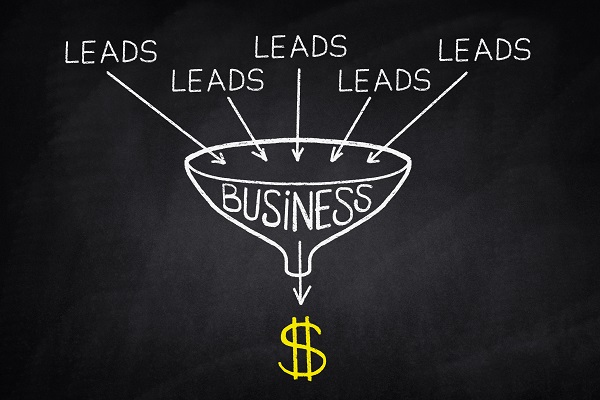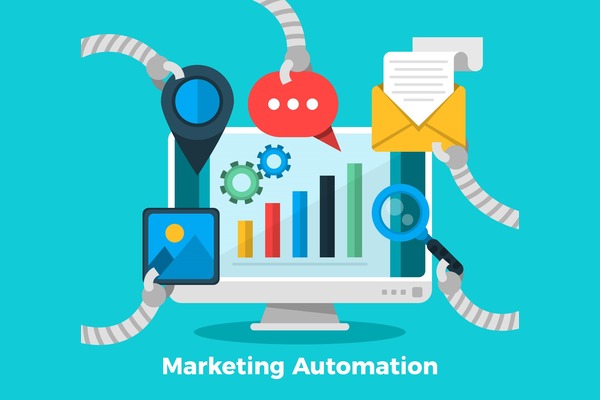
Your sales pipeline is one of the most important tools in your company. It's the center of your sales efforts, where you manage all of your leads and new opportunities. If you don't have a process for managing that pipeline, you'll soon find yourself with so much on your plate that it will be tough to get anything done.
If you've ever wondered, "what are some of the best practices to manage your sales pipeline?", you're in luck because here are some of the best practices to follow.
Keep it neat
It's important to keep your pipeline organized. This means keeping leads organized by stage. For example, you wouldn't want leads that are ready for a demo to be mixed in with leads that are just kicking off their research into your product or service. You can do this by creating labels in your CRM so you can easily sort leads.
Measure your team's performance
There are a lot of metrics in B2B lead generation, but perhaps the most important one is pipeline coverage. This metric tells you how many deals in your pipeline have enough information to make a decision on them at any given time. It's a good idea to keep your pipeline coverage at 100% by ensuring that you have enough information on all of your deals, and by having someone on your team dedicated to following up every single lead.
Keep teams organized
It's important to make sure that the right people are talking to the right leads, and this means staying organized. For example, you might have a great inside sales rep working leads from your website, but they shouldn't be talking to leads that are in the discovery stage. You can keep teams organized by having them focused on leads in a specific stage of the pipeline.
Optimize your resources
A lot of times, companies hand leads off to another department when they move from one stage to the next. But if your company is small, this might not be such a good idea, because you won't have enough resources in these other departments.
If you can afford it though, handing leads of as they progress through stages is a great way to keep things moving and let people focus on what they do best. It also spreads the workload around, so no one person ever has too much to deal with.
Make sure your pipeline is full
It might seem obvious, but it's important to keep your pipeline full at all times. This means not only keeping track of new opportunities that are created but chasing down old ones too. The best way to do this is by adding the 'Last Contacted At' column to your pipeline view, so you can see how long it's been since someone has had contact with that lead.
Build relationships with gatekeepers
One of the toughest things about B2B sales is getting through all of the gatekeepers your leads have. This can be tough, but it's important to build relationships with as many gatekeepers as possible.
Use tools to speed up the process
Sales managers, don't try and do all of this yourself! You need some help from those who live in the CRM. Using the help of a business like Helium CRM will make it a lot easier to keep track of all of your email activity, and will give your team a way to share best practices. You can also build templates for different stages in the pipeline, so reps only have to copy and paste information instead of spending time writing it from scratch each time.
How Do I Keep My Sales Pipeline Full?
This is a question that sales managers ask themselves all the time, and it's important to remember that leads are not leads until they are defined. These are some great best practices to follow, but they won't do much good unless you actually have leads in your pipeline.
The toughest thing about this is getting your company name out there, which means you might need to start letting people know about what your company offers. You can also use marketing automation to help fill up your pipeline, but lead generation takes time so it's important to plan ahead and keep things organized while you wait for leads to come in.
It will definitely take some time, but eventually, your sales team will be ready and waiting for leads. It might even be fun to see your pipeline filling up.
How Do I Prioritize a Sales Pipeline?
A sales pipeline is kind of like a to-do list for sales managers, so it only makes sense that you prioritize the things on your lead before starting on them. You can use different metrics to determine which leads are top priority, and some of the most important ones include knowing your audience, following up, and prioritizing high-quality leads.
If you need help managing your sales pipeline, we at Helium CRM are more than happy to help. We can give you the tools to keep your team organized, even when they are in different departments, and make it easy to follow up with leads. We can also help you find your high-priority leads, no matter how big or small they are. Everyone on your team can track their activity and progress through the pipeline. If you need any other service, like email marketing or data analytics for your business, we can help with that too! All you have to do is click on the home page of our website, where you'll find any information you'll need.




